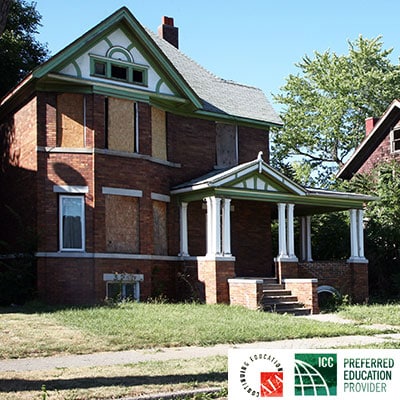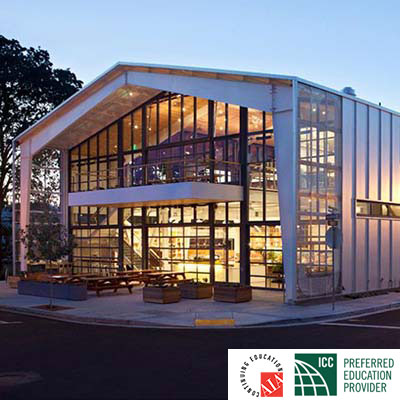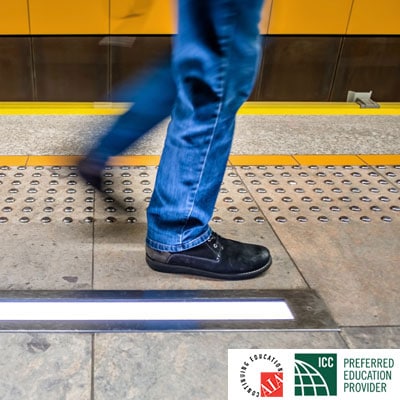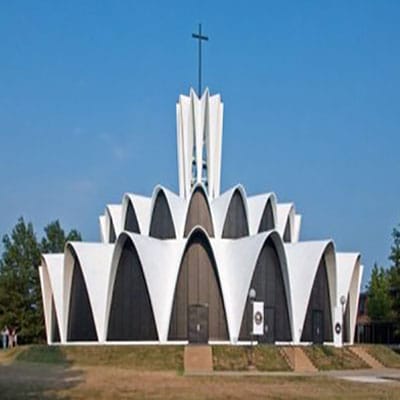Description
Instructor: Paul Spite
When the question of what to do with older buildings arises, it usually resolves itself to choices of reusing them as is, repairing them, restoring them, repurposing them or replacing them.
There is an old saying regarding existing buildings that goes like this. “It has good bones.” Any facility, free of structural defects and doing a reasonably good job of keeping water out, represents a tangible asset. The trick to maximizing the value of existing structures, especially in areas where changing economic factors have also resulted in changing market demands, is to approach their reuse from a different point of view. The judicious employment of renovation funds should not be based on restoring them to a previous use, but making them suitable for other markets in which the existing bones might enable a whole new purpose.
This presentation proposes criteria that may prove valuable in determining which option For the disposition of older buildings represents the best value for the owner, the buyer or the community in which the structure is located. It will also briefly examine a potential business opportunity in a collaboration between architects and commercial real estate agents.
For the benefit of everyone involved, any reuse of older buildings is better than none. Some thought just needs to be put into the options of how to do so, before any decision is made on to the best way to proceed.
By the end of this course, the design professional will be able to:
- Understand the various stakeholders seeking to provide input into the end use of a newly acquired aged structure.
- Readily identify system components needing to be included in the assessment of an older or historic building, as part of determining how to proceed with its further use.
- Be able to explain what determine historic significance and how cultural significance plays a role in the practicality of restoring all or part of a heritage building.
- Realize principles inherent in a decision to move forward with adaptive reuse, both the benefits and the difficulties encountered.
- Develop a solid rationale for why or why not an older building should be demolished and replaced with a more modern structure on the same site.
- Have a grasp of what can be accomplished through a collaboration between architects and commercial realtors, in regards to the reuse of older buildings.
This course covers:
- Assessing Options
- Reuse
- Repair
- Restore
- Repurpose
- Replace
- Realtor/Architect Collaboration
- Summary
Credit(s) earned on completion of this course will be reported to AIA CES for AIA members. Certificates of Completion for both AIA members and non-AIA members are available to print upon completion of the course.



